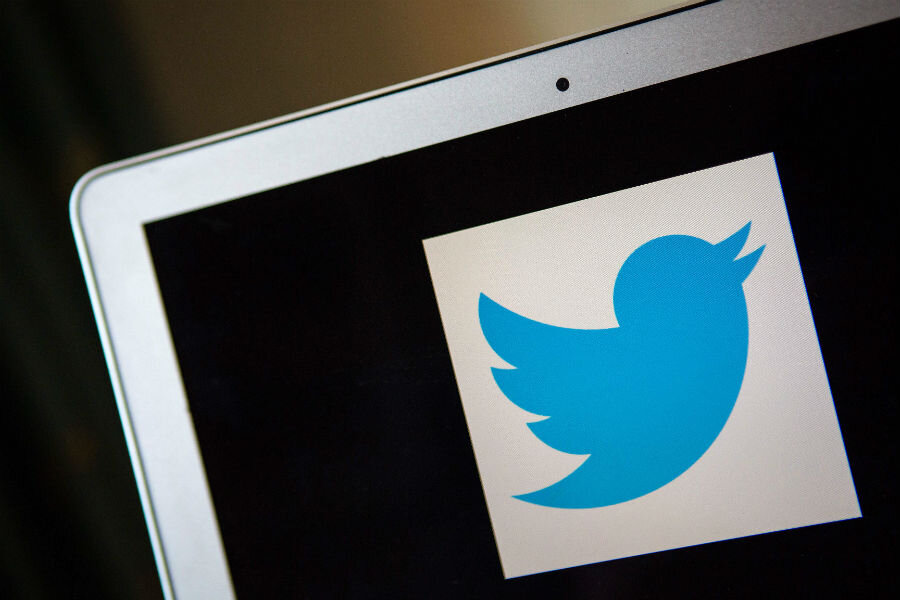Twitter's new diversity hire raises eyebrows
Loading...
Amid prevailing criticism for its lack of employee diversity, Twitter has hired a white man as its new diversity chief.
The San Francisco company announced Tuesday that Jeffrey Siminoff, former diversity chief for Apple, will replace Janet Van Huysse as the company’s vice president of diversity and inclusion. The transition was confirmed by their respective posts on Twitter.
Most tech companies continue to struggle to attain diversity in workforce. Based on a Fortune survey that looks at nine major Silicon Valley firms conducted this summer, most tech companies are comprised of white or Asian males. On average, only about one-third of employees are women, and the gap widens at higher levels of the corporate ladder.
The same dismal fractions apply for minority workers. More than a quarter of Twitter's 302 million active users are black, yet only 2 percent of its workforce is African American.
While Mr. Siminoff was the co-founder of Out Leadership, a lesbian, gay and transgender advocacy organization, his tenure at Apple prompted minimal change for the company’s diversity.
Among Twitter’s most vocal critics is civil rights leader, the Rev. Jesse L. Jackson, Sr. A staunch advocate for more minorities in tech, he often attends shareholders meetings in Silicon Valley.
“I thought that these tech companies would have been more inclusive, but they are way behind,” he said in an interview, according to The New York Times. “What’s astonishing to me is that these companies, with their liberal facades, resist our work.”
As reported by USA Today, Jackson is disappointed Twitter’s hiring of Siminoff.
"Blacks and Latinos over-index on using Twitter, but their board of directors and C-suite leadership remain all white," Jackson said. "Jeff [Siminoff] has a big mountain to climb, a tough task ahead. We hope he and Twitter’s leadership is up to the challenge."
Diversity proponents on Twitter have also used the social media outlet to criticize its decision.
"Not saying a white guy can't be head of diversity, but for a company that hires a majority white guys it sends the wrong message," writer Mark S. Luckie tweeted.
As Siminoff prepares to officially join Twitter in January, the company continues in its pledge to increase diversity. In August, Twitter released a list of diversity goals for 2016, including raising female employment overall to 35 percent and underrepresented minorities to 11 percent. Founder and CEO Jack Dorsey has also expressed his commitment to the aspiration.
Issues of diversity have often been attributed to the education pipeline – there’s a popular belief that there are simply fewer girls and minorities pursuing math and science. But as Forbes’ Bonnie Marcus points out, the number of high school girls and boys in STEM classes may actually be equal. The real issue, she said, is of culture.
Leslie Miley, a former Twitter engineer, attested to this claim in his reflections of working for the company:
Twitter’s issues with growth and engagement and the issues with internal diversity are somewhat related. The over-reliance on a limited number of schools and workplaces for talent has caused a type of group think to dominate. Any change would be approved by people who all think alike. There was very little diversity in thought and almost no diversity in action.








